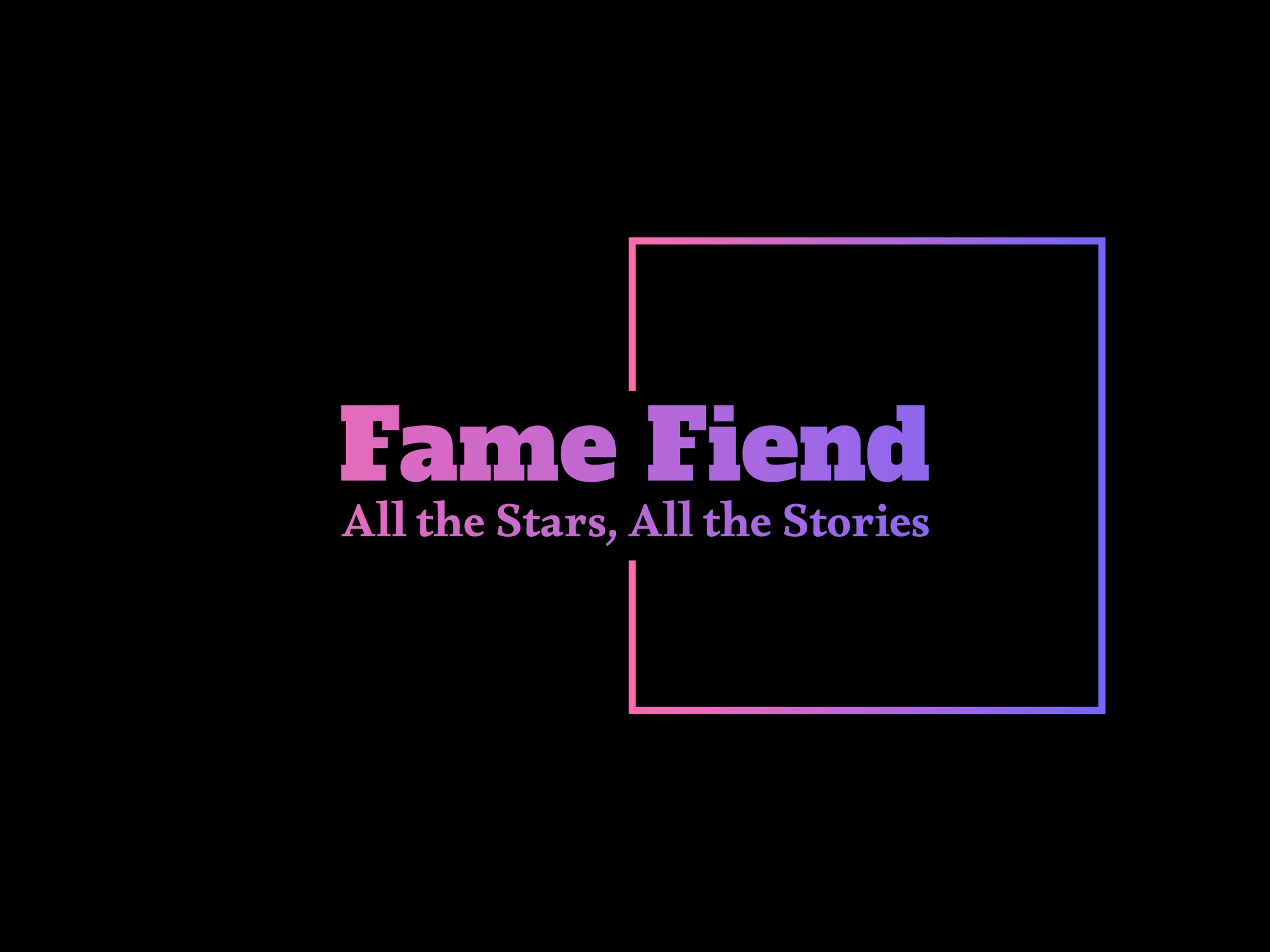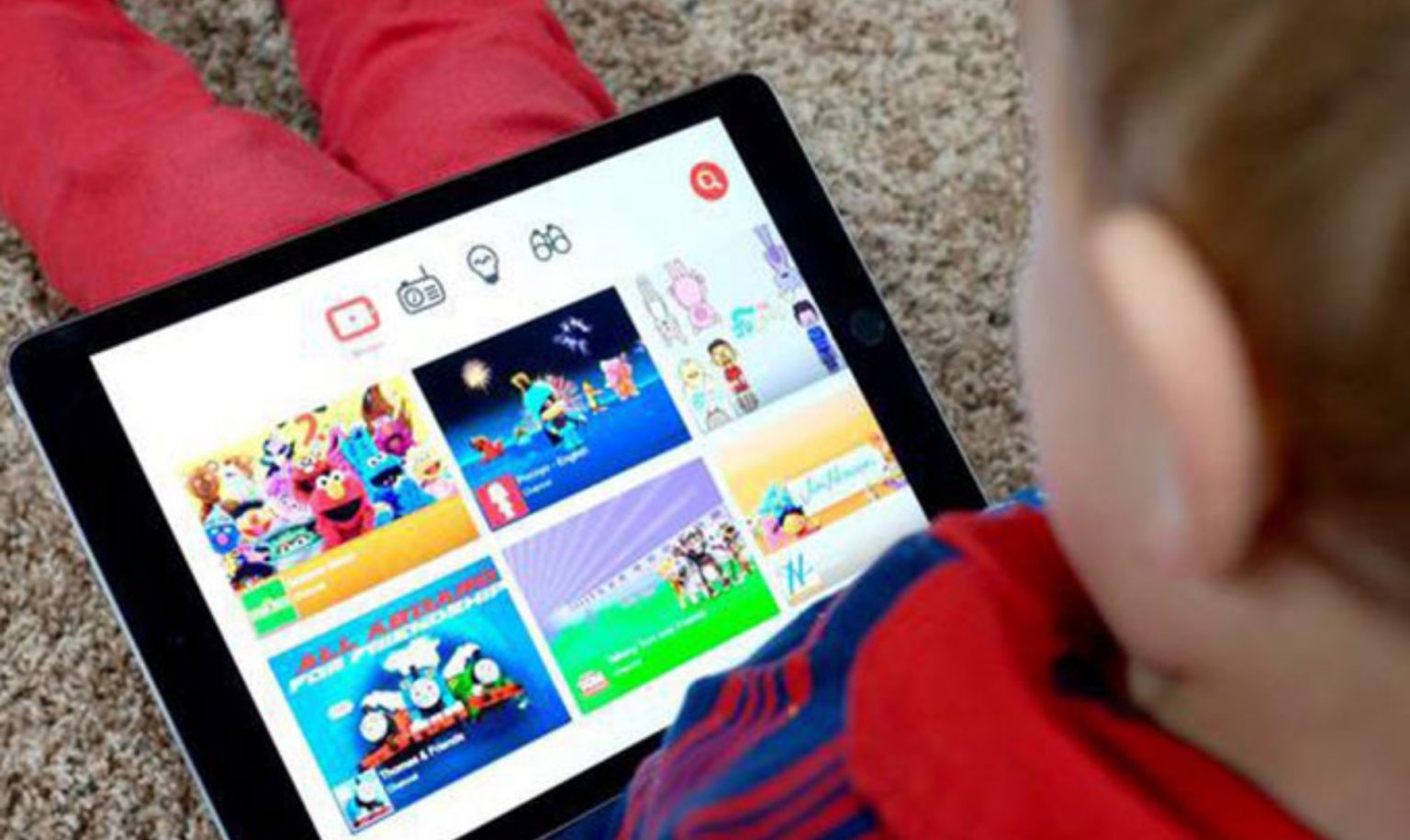For years, parents have wondered whether YouTube videos have negatively impacted the mental health of their children. Now, a study performed in South Korea is validating those concerns.
A team led by researchers at Ewha Womans University in Seoul and University of California at Davis studied the potential correlation between YouTube videos featuring “negative interactions” and deleterious mental health effects. Results were mixed, but the research team uncovered a link between those negative videos and underdeveloped social skills.
The researchers collected data with help from 341 South Korean parents whose children are between the ages of four and six. The parents reported on how often their children watch YouTube and what types of videos they enjoy. Those videos were then codified to detail positive interactions (i.e. sharing, smiling, helping others) and negative ones (physical attacks, threats, interruptions, etc.)
Subscribe for daily Tubefilter Top Stories
The results didn’t validate all of the researchers’ hypotheses — there was no significant connection between negative interactions and a child’s ability to self-regulate, for example — but the study uncovered a correlation between negative interactions and higher levels of anxiety. Children exposed to more negative interactions also rated lower on measures of social skills.
The study builds on years-long concerns about the quality of the content children watch on YouTube. The researchers referenced the 2017 incident known as ElsaGate, in which pop culture characters appeared in age-inappropriate situations, as part of their overview of the YouTube Kids ecosystem.
Researchers in Korea have seen how wide-reaching children’s YouTube content can be. Local kid-friendly channels like KIMPRO have become international phenomena thanks to a loud, brash style that can easily translate across cultures.
“YouTube offers a wide range of genres of children’s content that is able to cross national boundaries,” reads the report. “In particular, content featuring simple, easily imitated non-verbal elements and characters offers the advantages of cultural inclusion and accessibility without language barriers.”
The study’s findings ask readers to approach the rapid proliferation of kids’ content with a healthy dose of skepticism. Is the boom inherently unhealthy? How much can be extrapolated from these results? Did Dream’s questionable behavior, for example, breed a community full of bad attitudes? Are current efforts to stymie “negative interactions” sufficient, or should YouTube and its brethren be compelled to do more?
More research will be needed if we’re going to answer some of those deeper questions. The data coming out of Korea shows that the relationship between children’s content and children’s behavior is worthy of further study.

